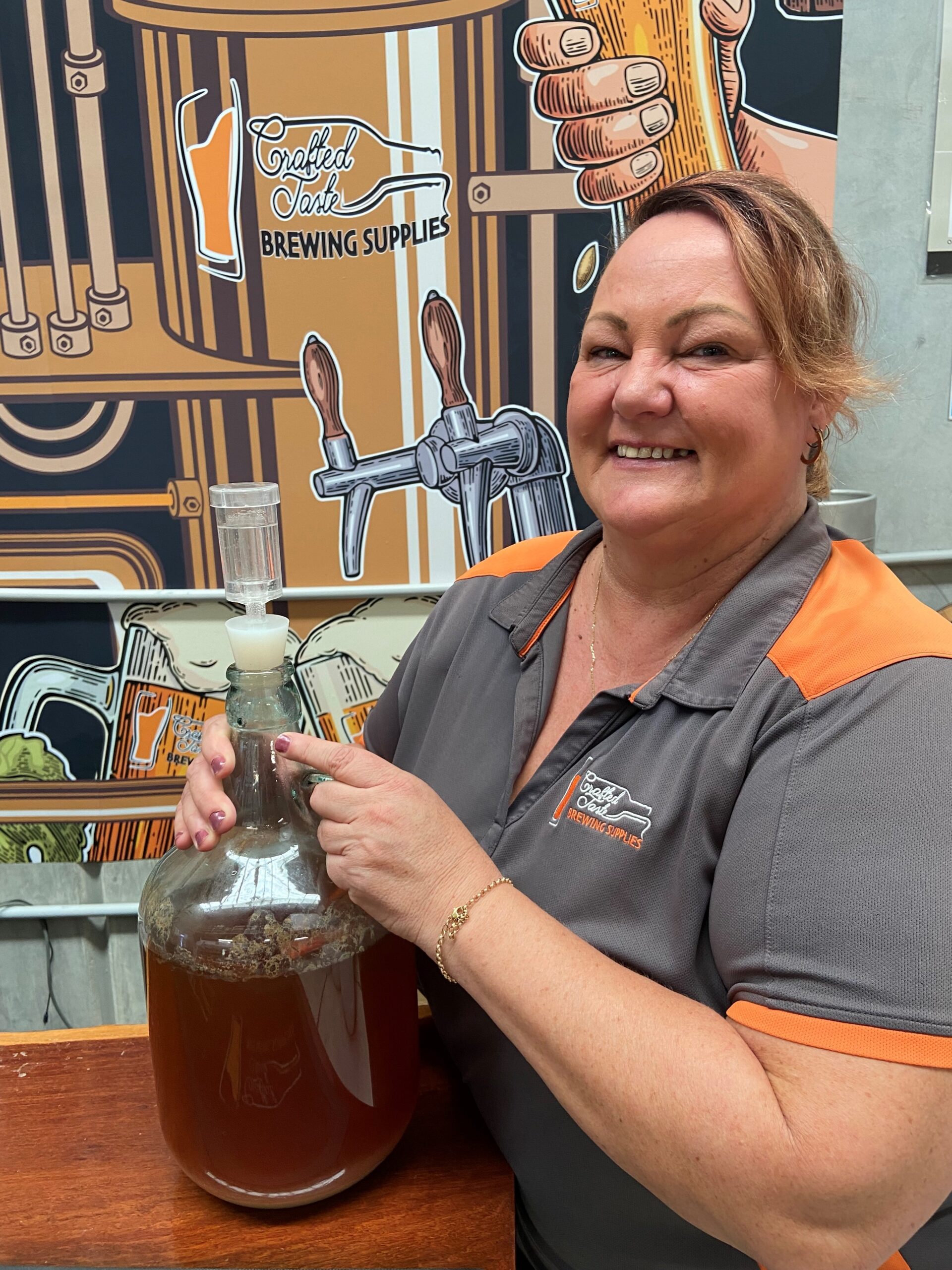
Mead, or “honey wine,” is an alcoholic beverage made by fermenting honey. Sometimes called “the drink of the gods”, mead has been cultivated and consumed across the world for thousands of years. All you need to start brewing mead is honey, water and yeast plus a fermenting vessel. Meads flavour profiles can range from very sweet to very dry and it can be made both sparkling and still. Some other names you may have heard of is Melomel, mead made with fruit, Pyment, mead made with grape juice added and Sack Mead, a very high honey content which has a high density and often sweeter than typical meads.
Typically my water to honey ratios range is 3:1 – 3 litres of water per kg of honey. Water and honey mixed together is known as the must, it is the yeast that turns the must into mead. Not only do yeast ferment the must, it also makes an important contribution to flavour with the metabolic by-products of fermentation.
BEFORE YOU GET STARTED BREWING MEAD
Have a think about how much mead you would like to make – this will determine the size of your fermenting vessel. I like to use a 5L Demijohn with a Silicon Bored Bung and an Airlock. We have put together a Mead Kit which is a great way to get started – even includes honey! Be sure to sterilise ALL your equipment thoroughly just before putting your mead down.
YEAST
There are many strains of yeast; they produce different flavours, flocculate (stick together and settle out) differently, and tolerate differing alcohol concentrations. Usually wine yeasts are used for making mead. Champagne yeasts are popular because they have a higher alcohol tolerance than other strains. Probably the most well-known champagne yeast is EC-1118 from the Lallemand company. There are also several strains sold as mead specific yeasts. My preference is a Mangrove Jack’s Mead Yeast. Yeast also need nitrogen compounds to make amino acids and proteins in order to reproduce. As honey contains only some amounts of these materials, extra are required so I always use Yeast Nutrient – other additives that can be used include tannins and acids.
RACKING
Racking is the process of transferring your mead from one vessel to another. Your mead will benefit from racking especially if fruits or spices have been added; this will also allow the mead to properly clear and condition, which can take up to a few months. The preferred method for transferring the mead is to syphon as it will minimise any splashing and possible aeration of the mead.
I really enjoy brewing Mead, taking little samples throughout the ferment to see the changes in flavour and how you can do so much with such simple products.
www.gotmead.com has great recipes, guides, calculators and a forums packed with stacks of great info – take a look
Cheers, Sonia
